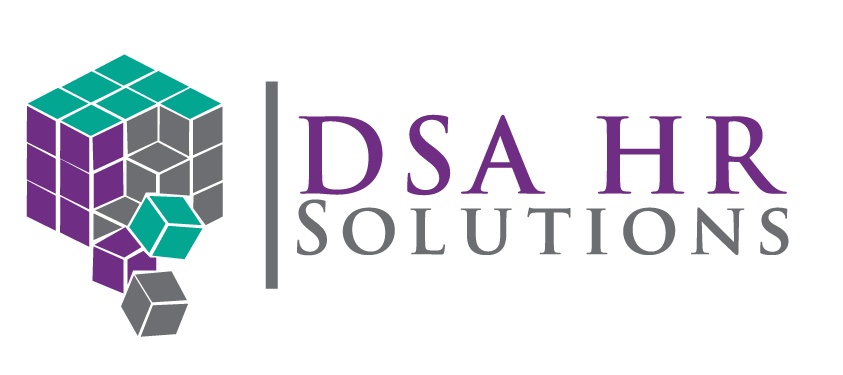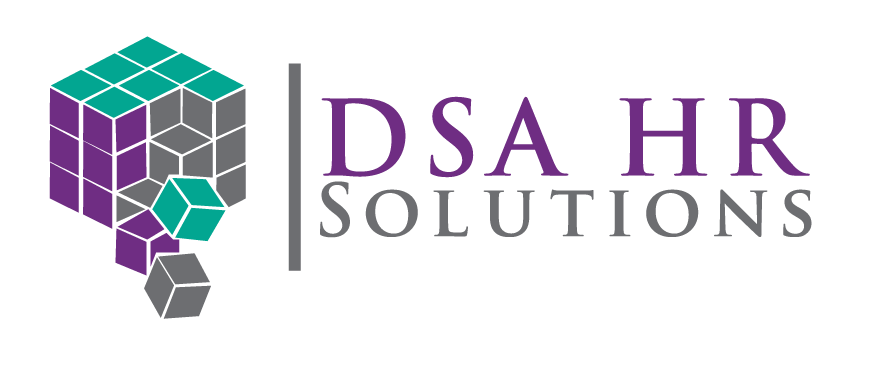How To Implement a Successful Hybrid Workforce
The hybrid workforce and remote work model have become key parts of modern business strategy. This change is especially true after the COVID-19 pandemic. More businesses are starting to see the benefits of improving employee experience.

What is The Hybrid Model?
A hybrid workforce is a structure that allows employees to alternate between working remotely and in the office. However, it is not a one-size-fits-all solution.
The model can (and should) vary depending on the company, its operations, and the nature of the work performed. While it does offer a slew of benefits, making it work for you takes planning and execution.
Hybrid Workforce Statistics
- Hybrid work is becoming the norm. Around 74% of companies now use a hybrid work model.
- Employees want flexibility, with a whopping 83% of employees preferring hybrid work over a complete on-site setup.
- It’s a growing market. The global hybrid work industry is on track to hit $50 billion by 2025.
- More people can work at their best. Hybrid policies have boosted workplace participation by 18% making it easier for more people to stay employed.
The Benefits of a Hybrid Workforce
- It boosts overall productivity. Employees will get more done when they feel like they have control over their work environment. Choosing between home and office means fewer distractions and more focused time.
- Happier employees, higher retention rates. A hybrid workforce shows that a company values work-life balance, which may lead to higher job satisfaction and retaining top talent.
- More company cost savings. Fewer people in the office full-time means businesses can save on rent, utilities, and office supplies. This reduces your overhead, without sacrificing efficiency.
- Access to more talent. Without any location barriers, companies can hire the best remote workers for the job. It broadens the workforce, especially for hard-to-fill roles.
- Less commuting, lower environmental impact. Less time in the office will save on commuting time and the stress that comes with it. It also helps reduce transportation emissions.
- More adaptable and scalable. Hybrid work makes businesses more resilient to disruptions, be it local events or global crises. Scaling up or down is easier without logistical challenges.
- A more inclusive workplace. Flexibility allows companies to better accommodate employees with specific needs, such as single parents, caregivers, or people with disabilities.
- Balanced collaboration and innovation. In-office days drive creativity and teamwork, while remote days offer uninterrupted time for focused work.
- Better employee well-being.
Giving employees control over their work arrangements reduces stress, boosts their morale, and leads to better overall well-being.
- A smarter use of office space. Companies can optimize their real estate strategy by downsizing or reconfiguring office layouts based on actual usage and designing a workspace that truly fits a hybrid workforce.
How to Successfully Implement a Hybrid Workforce
1. Assess your roles and goals
Planning is key here. Do a department-by-department review and categorize the roles based on their remote/flexible work visibility.
For example, your IT and marketing teams might be fully operational remotely, while roles in Operations and HR might require in-office presence for best collaboration and access to physical files, if necessary.
From here, set clear and measurable objectives. What is it that you want to achieve with this hybrid model? For instance, aim to achieve at least a 10% increase in employee engagement and productivity and a 20% reduction in operational costs in the next fiscal year.
Maybe you can also do an employee survey—which teams agree to a work-from-home set up and why.
2. Make strict and clear policies
Now that you’re clear with your goals, make sure that you develop your policies. This will make sure everyone is on the same page on the dos and don’ts
Draft a document policy that outlines mandatory in-office days. For instance, Tuesdays and Thursdays are for team meetings and collaborative projects, while Mondays, Wednesdays, and Fridays are flexible for remote work. Define core hours when all team members must be online, such as 10 AM to 4 PM.
3. Supplying technology and infrastructure
Remote workforces thrive on technology. With that, implement a suite of tools to help your operations work as smoothly as possible. For example, Slack for communication, Zoom for video conferencing, or Asana for project management. Have training sessions to make sure everyone is well-equipped for efficiency.
Technology, however, also comes with risks. Upgrade cybersecurity protocols with VPNs, multi-factor authentication, and end-to-end encryption for communications. There must also be regular security checks and audits for data protection.
Should you fully supply their technology equipment?
This depends on your operations, budget, and the employee's scope of work. You may offer a stipend of a one-time reimbursement for employees to purchase their needed office home equipment like chairs, desks, or monitors. Other alternatives include a reimbursement model or BYOD (bring your own devices)
Pros and cons of providing company equipment
| Pros | Cons |
|---|---|
| Standardized tools make IT support and troubleshooting easier | Supplying equipment can be expensive |
| Pre-configured devices reduce data breach risks | Some may prefer using their own equipment |
| Reliable equipment helps employees work efficiently and comply with company policies | Logistics can be challenging and risky |
4. Optimize the workplace
Reconfigure your office layout, preferably including hot desks and collaborative spaces that employees can use when they return to the office.
5. Polish your remote company culture
With everyone being online, it’s important to stay in touch. Schedule weekly all-hands meetings and regular team check-ins. You can also stay on top of the work culture by organizing virtual social events like online game nights or coffee meetups. This fosters a sense of belonging for remote employees.
Hybrid models are more intricate than you think. It can also work against you if not managed carefully. It can lead to pitfalls like lack of communication, perceptions of unfairness or favoritism for some, and blurring the lines between personal and professional life.
Build Your Dream Team with DSA HR Solutions
Switching to a hybrid model is not just about implementing flexibility right off the bat. it comes with intricate HR work such as updating contracts, staying compliant with labor laws, and keeping employees engaged. DSA HR Solutions makes the transition smooth with the best HR support in the Bay Area.
✔
Custom Hybrid Work Policies – Clear guidelines that fit your company’s needs
✔
Compliance & Risk Management – Stay aligned with labor laws and avoid legal issues
✔
Training & Development – Equip your team for success in a hybrid setup
✔
Employee Engagement Strategies – Keep teams connected and motivated
Get in touch with DSA HR Solutions today and let’s build a hybrid model that actually works for you.
Author
We are a team of certified
HR experts based out of the San Francisco
Bay Area that provides
HR consulting services to businesses nationwide.
Categories
Quick Links
Copyright 2020 DSA HR Solutions, Inc. | All Rights Reserved | Privacy Policy
Website by EnlightWorks
Website by EnlightWorks
Copyright 2020 DSA HR Solutions, Inc. | All Rights Reserved | Privacy Policy




